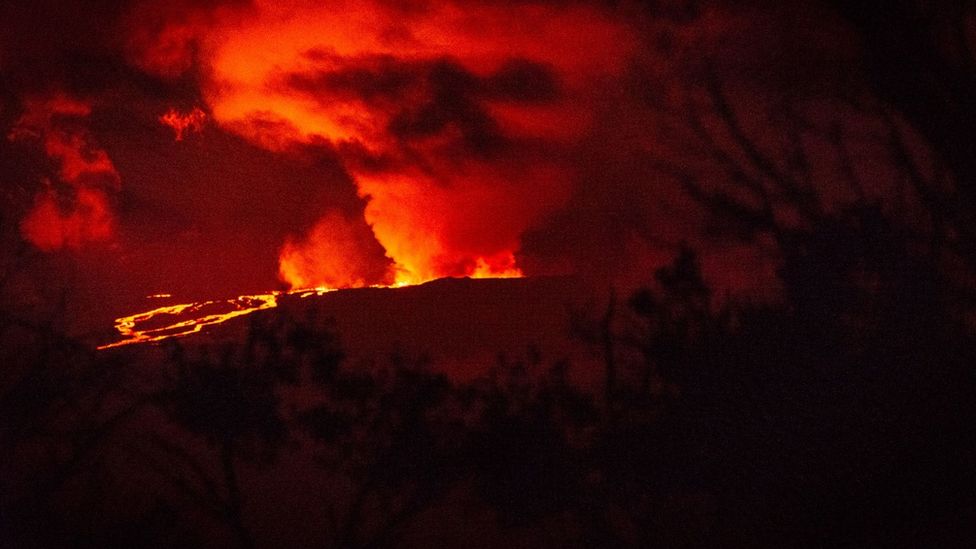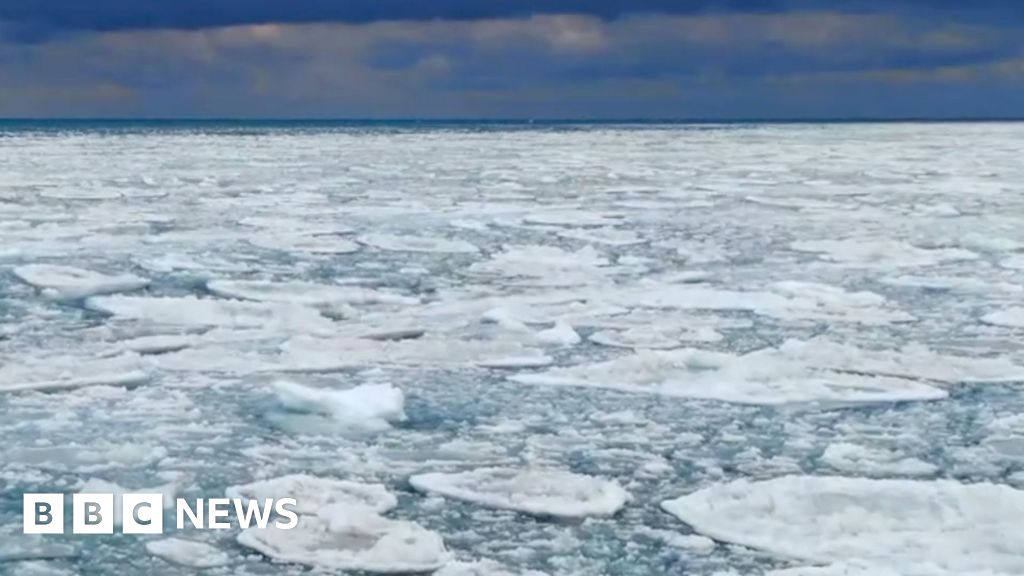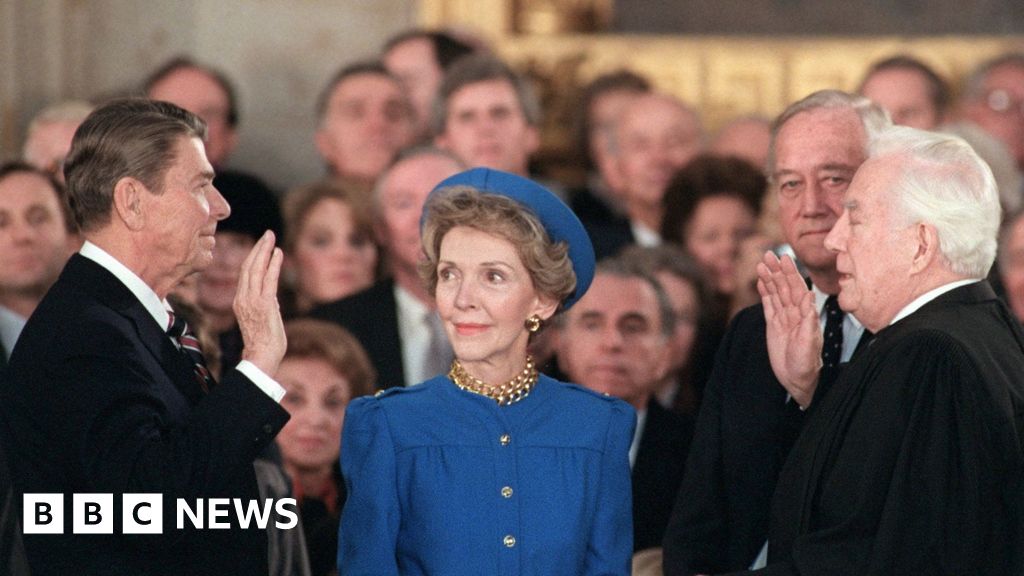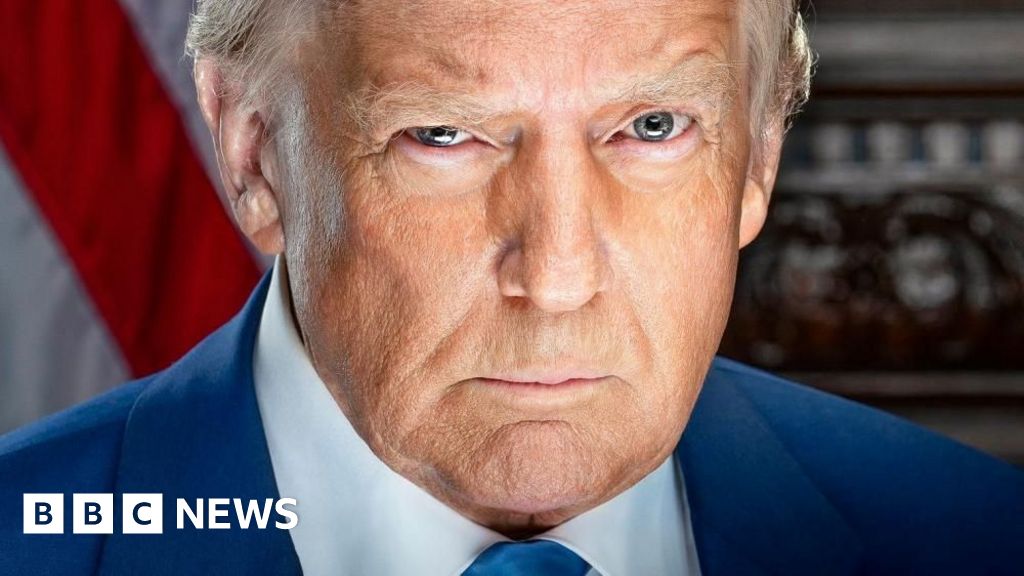ARTICLE AD BOX
 Image source, Getty Images
Image source, Getty Images
Mauna Loa - the world's largest active volcano - is erupting for the first time since 1984.
Lava is flowing down the side of the volcano at a temperature of 1,000C, but experts say this does not yet pose a big threat to local inhabitants.
How big is Mauna Loa?
Mauna Loa, which means "long mountain" in Hawaiian, is the largest active volcano in the world.
It covers 2,035 square miles (5,271 square kilometres) and is one of a chain of five volcanoes which form Hawaii's Big Island.
This one volcano alone comprises half of the whole island.
Mauna Loa's summit is 13,680 feet (4,170 metres) above sea level, but its base is on the sea floor. From there to the summit is 30,085 feet (9,170 metres), making it taller than Mount Everest.
Why is Mauna Loa erupting?
Plumes of super-heated material called magma have been welling up underneath Mauna Loa and neighbouring volcanoes from a "hotspot"deep within the Earth.
"No one knows exactly why this hotspot exists," says Dr Carmen Solana, a volcanologist at Portsmouth University in the UK, "but it may be caused by the decay of radioactive material within the Earth's mantle.
"These plumes of magma formed the whole of the Hawaiian Islands."
When Mauna Loa erupts, says Dr Solana, magma first wells up in the caldera - the bowl-shaped pit at the summit of the volcano. Called Mokuaweoweo, it covers an area of six square miles (15 square kilometres) and is 600 feet (180 metres) deep.
Magma then oozes out from "rifts", or fissures in the rock, on the side of the volcano and flows down the mountainside as a liquid called lava. It has a temperature of 1,000C and burns everything in its path.
When volcanoes erupt, they also emit matter which cools to form shards of glass called Pele's Hair.
"Pele was the name of the goddess who was thought to live in Mauna Loa, and the shards are wispy and browny-gold in colour," says Dr Solana.
"She was a temperamental blonde."
Why is Mauna Loa's eruption important?
Mauna Loa has erupted 33 times since 1843, which is the date of the first recorded eruption. On average, that it is one eruption every five and a half years.
However, the last eruption was almost 40 years ago.
"There have been some signs of magma welling up over the past 10 years," says Andrew Hooper, a professor of geophysics at Leeds University in the UK, "but there has been no eruption until now."
The current eruption on Mauna Loa is giving a new generation of scientists the chance to study how the volcano works, says Professor Hooper.
Image source, US Geological Survey
Image caption,Mauna Loa, located inside Hawaii Volcanoes National Park, covers half of the US state's Big Island
"It will be interesting for us to see where the magma is stored inside Mauna Loa - where it stays in between welling up from the Earth's mantle and coming out from the volcano's surface," he says.
Is Mauna Loa's eruption dangerous?
Unlike many volcanoes, Mauna Loa usually does not produce really explosive eruptions, in which lava shoots into the air along with plumes of ash and gas.
Instead, the lava flows at a fairly slow pace down the volcano's side.
"The lava flows are not life threatening," says Professor Hooper, "because you can get out of the way of them.
"Also, the lava is not going west down the volcano towards the closest towns, but to the north-east. It would have to travel quite a long way in that direction before doing serious damage to property."
However, local people may be more at risk from the gases which Mauna Loa is emitting.
"Volcanic gases, including sulphur dioxide and chlorine react, with moisture in the air to produce 'vog', which is volcanic fog," says Dr Solana.
"This could cause a problem to people downwind. It could irritate the eyes, and cause breathing problems for some people."
If it does, local residents are advised to avoid outdoor activities and to stay indoors with doors and windows shut.

 2 years ago
39
2 years ago
39








 English (US) ·
English (US) ·